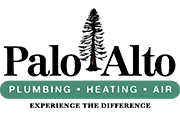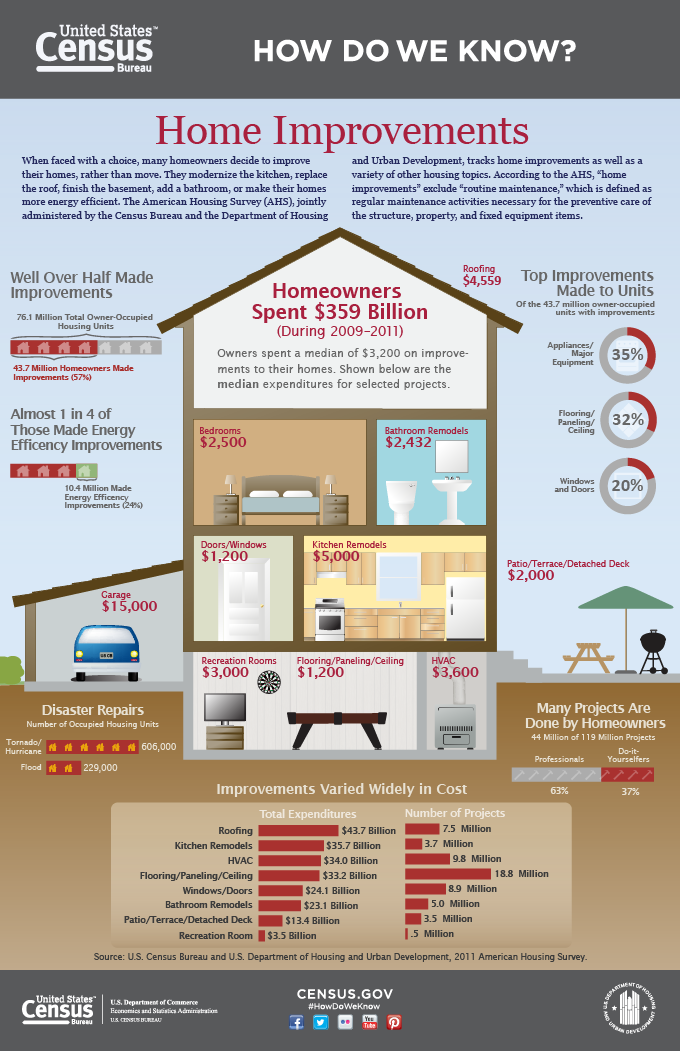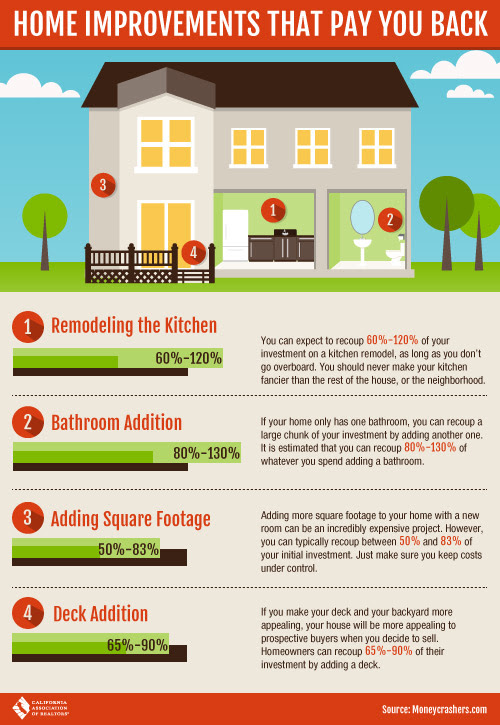Dishwasher Drain Hose Clogged? 6 Easy Fixes
A dishwasher is an integral appliance in most households, but a clogged dishwasher drain hose can cause big problems. If the hose is clogged, dirty dishwasher water fills the sink and won’t drain. This makes it impossible to clean your dishes and disrupts your daily routine. In addition, a clog can cause the hose to leak if it becomes too full. This could cause water damage to your cabinets or flooring. Finally, a clog can emit an unpleasant smell. Is your dishwasher drain hose clogged? Here are six easy ways to clear a clog as well as information about when to call a plumber.
Common Symptoms of a Clogged Dishwasher
Here are some ways you can tell that your dishwasher is clogged:
– Bubbles in soap dispenser: The dishwasher is not correctly rinsing the soapy water from dishes. Something is blocking the holes on the sprayer arm, preventing it from spraying.
– Film on glasses: The dishwasher is leaving a film of dish soap residue on glasses. Dirty filters or faulty sprayer arms could cause this.
-Slow to rinse: Dirty filters may need to be replaced or cleaned out. Or, too much detergent is being used. You might also need to adjust your water temperature.
– Leaks: If you have a dishwasher with an active leak, it will be leaking from the bottom of the machine where the water supply line attaches to the dishwasher. You may also notice that water is pooling around the base of your dishwasher.
How to Prevent Your Dishwasher from Clogging
One of the most common causes of a clogged dishwasher is the accumulation of food particles. Food particles can get onto your dishes and into your dishwasher, eventually causing it to become clogged. To help prevent this from happening, rinse off any food particles on plates before placing them in your dishwasher. Additionally, run your garbage disposal if you have one before starting a load in your dishwasher. This will prevent food particles from backing up into your dishwasher when you run a cycle. It will also help get your dishes cleaner.
One of the most critical maintenance tasks is to make sure your dishwasher is cleaned out after every use. Check if any areas may have clogged up or are not draining well. If so, you can take a baking soda and vinegar mixture and pour it down the drain. Run water through the drain to ensure it’s fully clean before adding a rinse aid to prevent clogs from occurring.
If your dishwasher is not producing completely clean dishes, the residue will start to build up on the machine’s surface. This buildup can reduce the performance of your dishwasher and cause it to break down faster. Whenever you have a significant amount of time between loads, running a cycle with nothing but water is best. This will help keep any residue from building up.
Some other things you should check for are hard-to-clean grime around the door seal, mineral deposits under the rubber gasket on top of the door, and rust or sediment at the bottom of your dishwasher drum. All these things can build up over time and ruin your machine’s performance, so periodically checking for these items is key to maintaining your dishwasher for long-lasting use!
Dishwasher Drain Hose Clogged? 6 Easy Fixes
Here are six at-home remedies to unclogging your dishwasher and get it running again:
- Check the dishwasher’s filter. If it is clogged, you can use a small cup or pot to scoop out the items.
- You can use a pipe cleaner or compressed air to clear out any clogs that may have formed inside the dishwasher.
- Look for any loose parts on the bottom. This might include screws, bolts or brackets that attach various components. The water supply line may even be disconnected or broken. If any of these are happening, call your local repairman or technician and get them to come by as soon as possible!
- Using a plunger, plunge the clogged end of the hose until the clog releases
- Point a hair-dryer at the clogged end of the hose until you hear it suck water and then try plunging again
- Pour baking soda down the drain line followed by vinegar, which will start to bubble. Let it sit for five minutes before you try to clean again.
If these home remedies do not do the trick, you might need to call in a professional to help you. Below are some situations in which a professional plumber might be needed.
When Should I Call a Plumber?
If your dishwasher is severely clogged or overflowing
A clogged or overflowing dishwasher can cause extensive water damage to your home if left untreated. If you have a dishwasher that isn’t draining, the first step is to check for an obstruction in the drain hose. If this is clear and there is still no drainage, it may be time to call a plumber.
There are strange odors coming from the dishwasher that you can’t get rid of
You should also call a plumber if you notice strange odors coming from your dishwasher. This could indicate bacteria growth due to standing water in the machine.
Your dishes aren’t getting clean or the wash cycles are of
Lastly, if your dishes are not getting clean or the wash cycle is too long to complete, you may want to consider a professional’s assistance with your dishwasher. A clogged dishwasher can cause these problems because it cannot drain properly and water doesn’t flow through as well as it should.
Need Help? Palo Alto Plumbing is Here
We hope this blog post helped you better understand maintaining your dishwasher.
Is your dishwasher drain hose clogged? Call Palo Alto Plumbing at (650) 374-0868 for a free service estimate. Our friendly staff is here to help answer any additional questions you might have.





